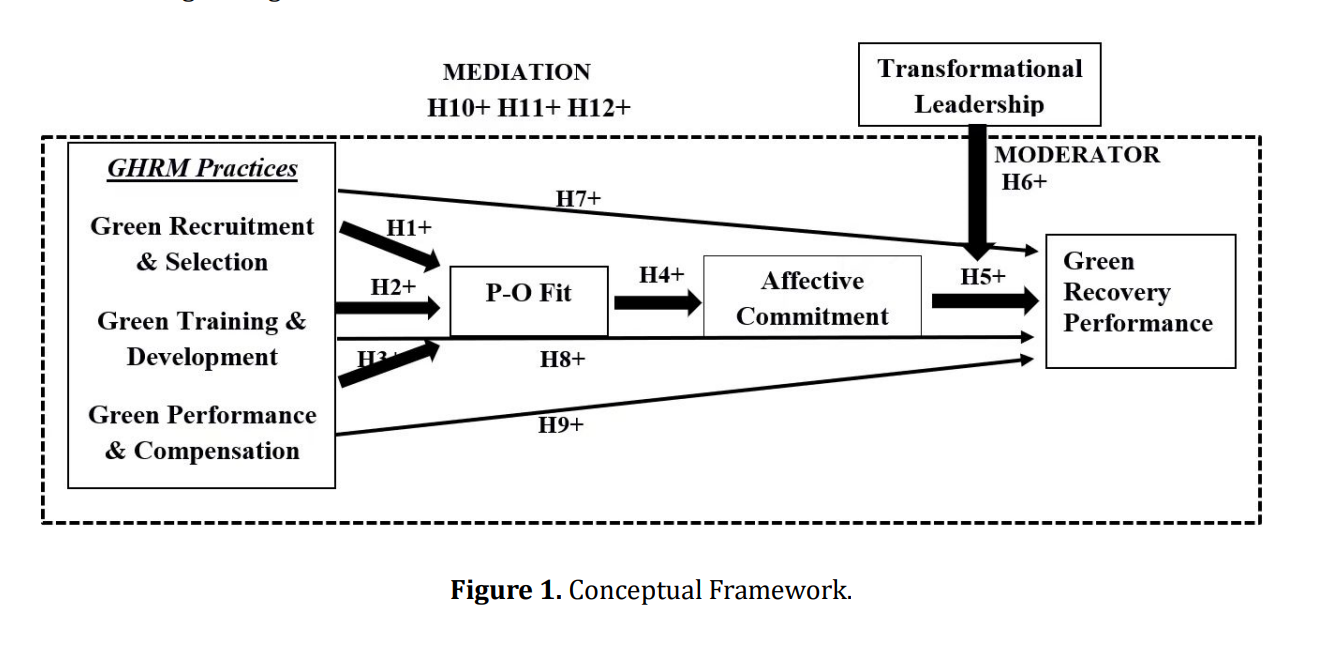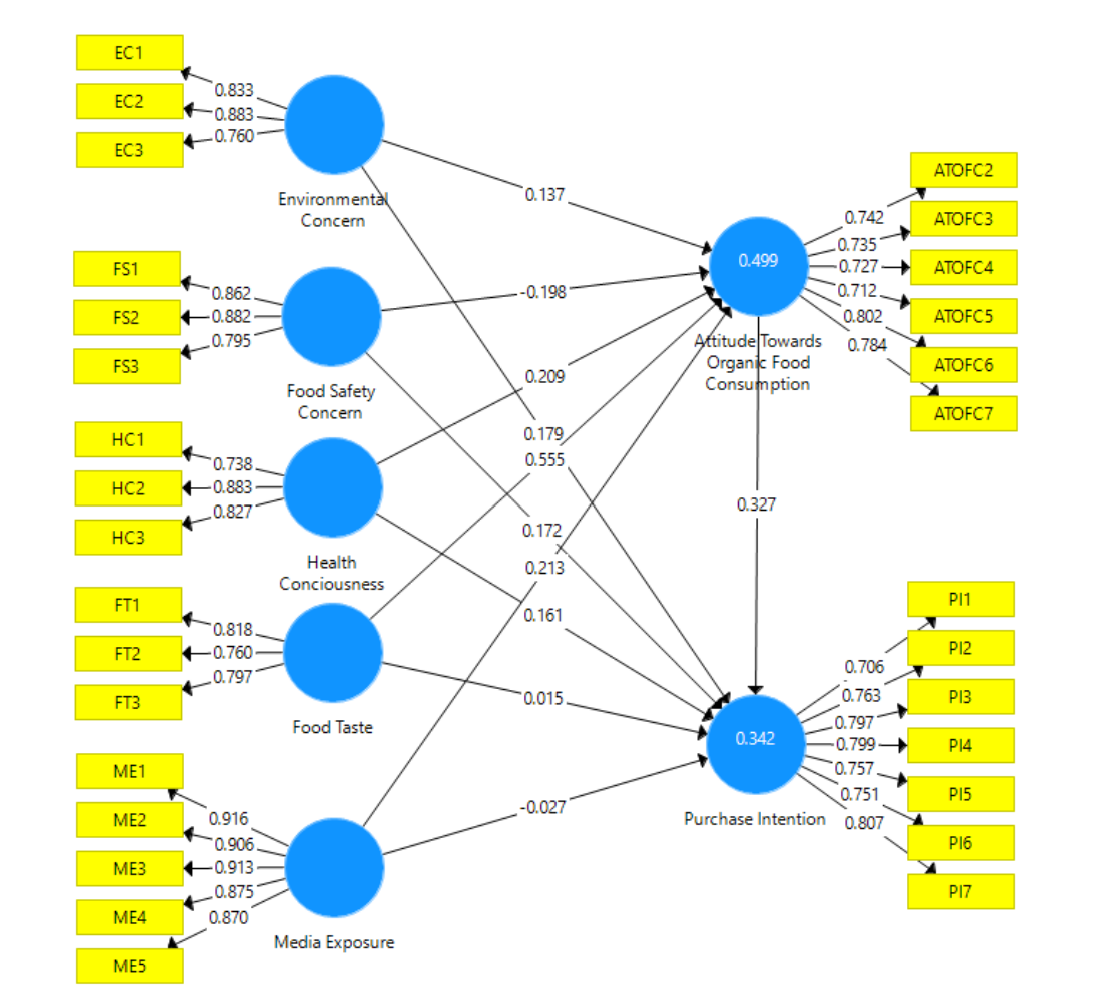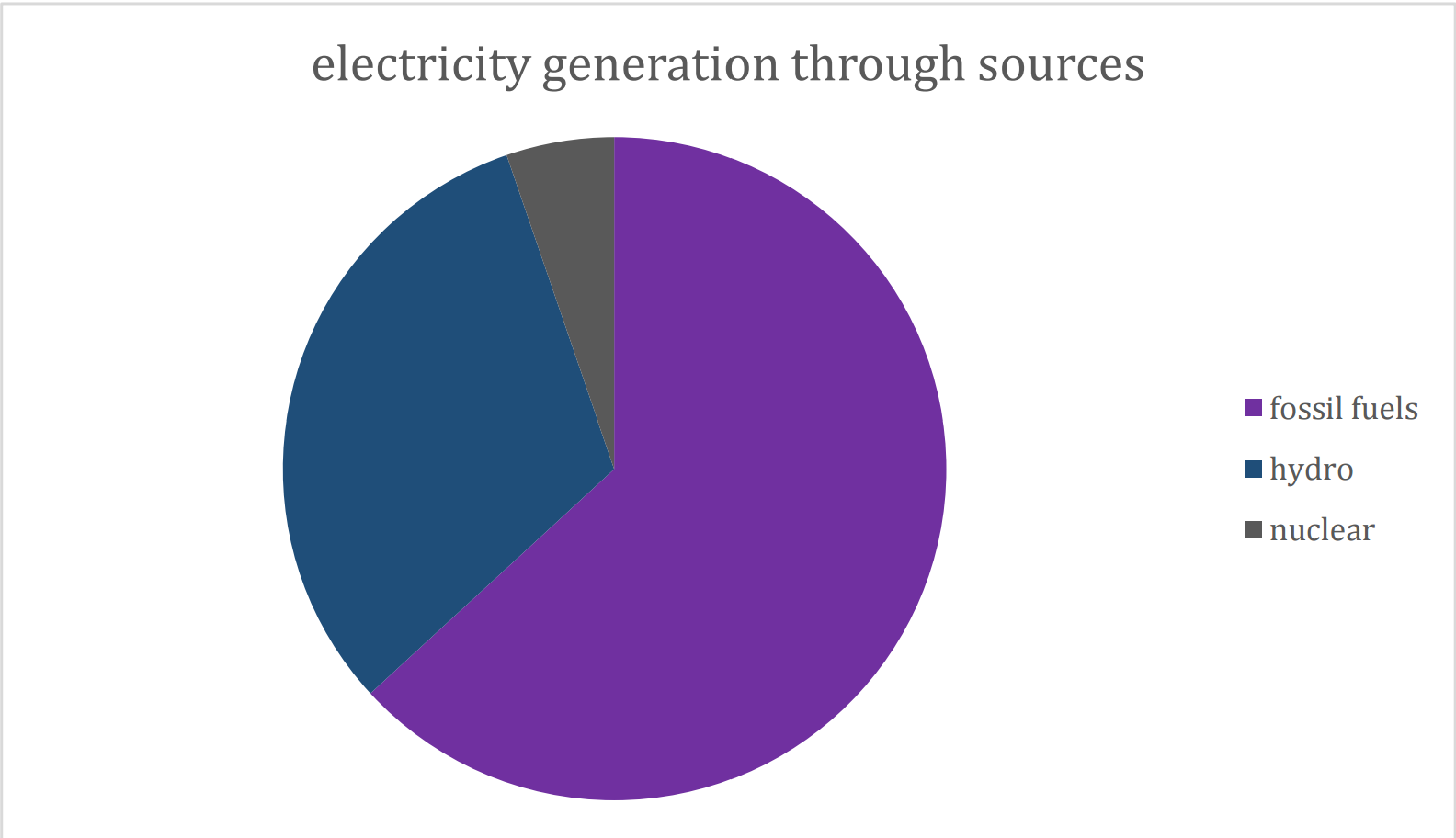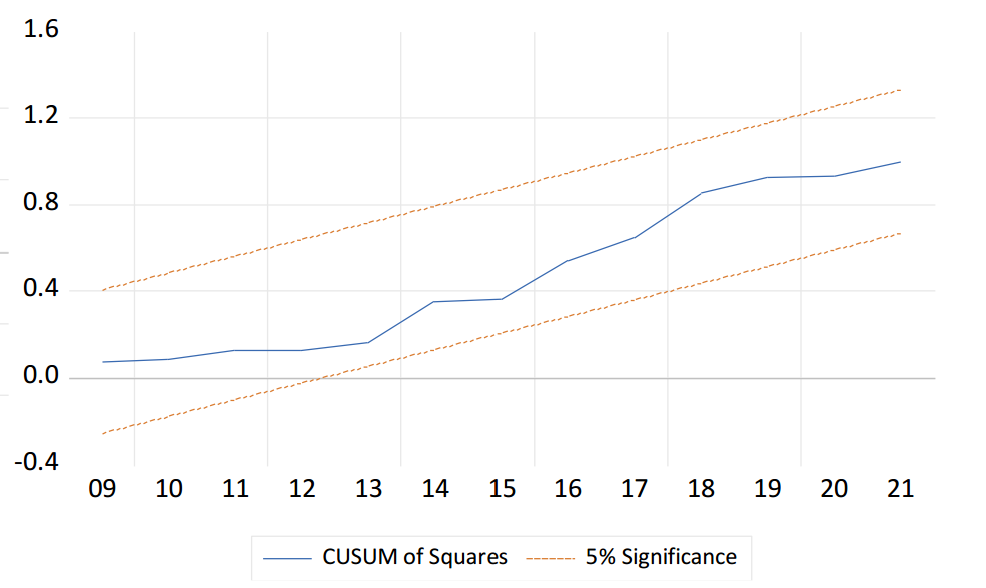Potential Asymmetries in the International trade and Economic Growth in China: The Role of Emission Intensity
Abstract
This study delves into the complex relationship between China's international trade and economic growth, specifically focusing on emission intensity and its environmental ramifications within the context of energy efficiency. The primary objective is to provide a comprehensive understanding of how China's international trade dynamics influence economic growth, emphasizing emission intensity and employing a model that considers the nonlinear impact of trade on output. Through this model, structural breakpoints are identified, revealing distinct outcomes for China amidst positive and negative shocks from 1972 to 2021. The study uncovers the dual nature of the energy sector, acting both as a source of environmental degradation and a potential avenue for positive change through increased efficiency. Complex interplays among economic activities, inflation, and investment on carbon intensity are revealed. Additionally, the varying effects of export volume on carbon emissions intensity across lag thresholds underscore the significance of global trade dynamics for environmental sustainability. The study concludes by emphasizing the importance of balancing economic prosperity with environmental responsibility, advocating for carefully balanced policies that foster sustainable growth. Recommendations include considering the dual nature of the energy sector and implementing policies promoting increased efficiency. Policymakers are urged to adopt growth models prioritizing environmental responsibility, balancing economic activities, inflation, and investment to mitigate carbon intensity while acknowledging the diverse effects of global trade dynamics on environmental sustainability.
Cite This Paper
Singh, A. K. (2024). Potential Asymmetries in the International trade and Economic Growth in China: The Role of Emission Intensity. Energy Technologies and Environment, 2(2), 14. doi:10.58567/ete02020004
Singh, A. K. Potential Asymmetries in the International trade and Economic Growth in China: The Role of Emission Intensity. Energy Technologies and Environment, 2024, 2, 14. doi:10.58567/ete02020004
Singh A K. Potential Asymmetries in the International trade and Economic Growth in China: The Role of Emission Intensity. Energy Technologies and Environment; 2024, 2(2):14. doi:10.58567/ete02020004
Singh, Atul K. 2024. "Potential Asymmetries in the International trade and Economic Growth in China: The Role of Emission Intensity" Energy Technologies and Environment 2, no.2:14. doi:10.58567/ete02020004
Share and Cite
Article Metrics
References
- Ang, B. W. (2004). Decomposition analysis for policymaking in energy: which is the preferred method? Energy Policy, 32(9), 1131-1139. https://doi.org/10.1016/S0301-4215(03)00076-4
- Chen, W., & Guo, Q. (2017). Assessing the effect of carbon tariffs on international trade and emission reduction of China’s industrial products under the background of global climate governance. Sustainability, 9(6), 1028. http://dx.doi.org/10.3390/su9061028
- Davis, S. J., & Caldeira, K. (2010). Consumption-based accounting of CO2 emissions. Proceedings of the National Academy of Sciences, 107(12), 5687-5692.
- Deng, L. (2017). Essays on International Trade and Economic Growth (Doctoral dissertation, Johns Hopkins University).
- Gillingham, K., Newell, R. G., & Pizer, W. A. (2008). Modeling endogenous technological change for climate policy analysis. Energy Economics, 30(6), 2734-2753. https://doi.org/10.1016/j.eneco.2008.03.001
- Grossman, G. M., & Krueger, A. B. (1995). Economic growth and the environment. The Quarterly Journal of Economics, 110 (2), 353-377. https://doi.org/10.3386/w4634
- Hepburn, C., Adlen, E., Beddington, J., Carter, E. A., Fuss, S., Mac Dowell, N., & Vaughan, N. E. (2018). The technological and economic prospects for CO2 utilization and removal. Nature, 575(7781), 87-97. https://doi.org/10.1038/s41586-019-1681-6
- Hertwich, E. G., & Peters, G. P. (2009). Carbon footprint of nations: A global, trade-linked analysis. Environmental Science & Technology, 43(16), 6414-6420. https://doi.org/10.1021/es803496a
- Hollstein, T. F. (2018). Essays on Industrial Policy, Structural Change, and International Trade.
- Levinson, A. (2009). Technology, international trade, and pollution from US manufacturing. American Economic Review, 99 (5), 2177-2192. https://doi.org/10.1257/aer.99.5.2177
- Liu, H., & Wen, Z. (2020). A demand-side perspective on China's export slowdown and CO2 emissions. Journal of Cleaner Production, 243, 118513.
- Liu, J., Qu, B., & Wang, F. (2017). China's carbon intensity reduction: A decomposition analysis. Energy Economics, 64, 158-167.
- Liu, Z., Deng, Z., He, G., Wang, H., Zhang, X., Lin, J., & Liang, X. (2022). Challenges and opportunities for carbon neutrality in China. Nature Reviews Earth & Environment, 3(2), 141-155. http://dx.doi.org/10.1038/s43017-021-00244-x
- Maurer, R. (1998). Economic growth and international trade with capital goods: Theories and empirical evidence. (No Title).
- Meng, F., Zhang, Z., Su, B., & Zhou, J. (2018). The role of industrial upgrading in emission intensity reduction: A case study on Beijing. Journal of Cleaner Production, 184, 136-146.
- Mi, Z., Zhang, Y., Guan, D., Shan, Y., Liu, Z., Cong, R., & Schellnhuber, H. J. (2016). Consumption-based emission accounting for Chinese cities. Applied Energy, 184, 1073-1081. https://doi.org/10.1016/j.apenergy.2016.06.094
- Peters, G. P., & Hertwich, E. G. (2008). CO2 embodied in international trade with implications for global climate policy. Environmental Science & Technology, 42(5), 1401-1407. https://doi.org/10.1021/es072023k
- SALAZAR, I. G. (2015). Essays on International Trade and Economic Growth (Doctoral dissertation, Universidad del Rosario).
- Shi, X., Lu, C., & Liu, J. (2020). Spatial patterns and influencing factors of China's carbon intensity at the city level. Journal of Cleaner Production, 250, 119546.
- Sovacool, B. K. (2009). The importance of comprehensiveness in renewable electricity and energy-efficiency policy. Energy Policy, 37(4), 1529-1541. https://doi.org/10.1016/j.enpol.2008.12.016
- Stern, D. I. (2004). The rise and fall of the environmental Kuznets curve. World Development, 32(8), 1419-1439. https://doi.org/10.1016/j.worlddev.2004.03.004
- Su, B., & Ang, B. W. (2018). Input–output analysis of CO2 emissions embodied in trade: Competitive versus non-competitive imports. Applied Energy, 210, 632-643. https://doi.org/10.1016/j.enpol.2013.01.041
- Tananaiko, T., Yatsenko, O., Osypova, O., Nitsenko, V., Balezentis, T., & Streimikiene, D. (2023). Economic Rationale for Manifestations of Asymmetry in the Global Trading System. Sustainability, 15(6), 5316. https://doi.org/10.3390/su15065316
- Tang, B., & Zhang, Y. (2017). The impact of technological innovation on CO2 emissions in China's industrial sectors. Journal of Cleaner Production, 142, 3520-3528.
- Tsoulfidis, L., Tsaliki, P., Tsoulfidis, L., & Tsaliki, P. (2019). Asymmetries in international trade. Classical Political Economics and Modern Capitalism: Theories of Value, Competition, Trade and Long Cycles, 285-334. https://doi.org/10.1007/978-3-030-17967-0_7
- Wang, Q., & Liu, Y. (2018). Global collaboration in carbon capture and storage: A game theoretical analysis. Applied Energy, 229, 1160-1174.
- Wang, Q., Zhou, P., & Zhou, D. (2021). The carbon dioxide emissions and policy implications for achieving 2030 targets in China. Energy Policy, 153, 112235.
- Wang, Y. (2011). Industrial Dynamics, International Trade, and Economic Growth. URL: https://pdfs. semanticscholar. org/ea83/9554e-9b6a8686971dce34b7fb25da281264e. pdf (date of access: 18.07. 2017).
- Wang, Y., Guo, C. H., Chen, X. J., Jia, L. Q., Guo, X. N., Chen, R. S., ... & Wang, H. D. (2021). Carbon peak and carbon neutrality in China: Goals, implementation path and prospects. China Geology, 4(4), 720-746. https://doi.org/10.31035/cg2021083
- Xu, L., & Nagurney, A. (2012). Carbon emission and production cost under cap-and-trade regulation. Transportation Research Part E: Logistics and Transportation Review, 48(1), 179-191.
- Yang, Y., & Shi, X. (2019). Understanding the inequality of household carbon footprint in China: A comprehensive perspective. Journal of Cleaner Production, 240, 118198.
- Zhang, Z., Zhu, K., & Hewings, G. J. D. (2014). The role of international trade in China's urbanization. China Economic Review, 30, 528-536.
- Zhao, X., Ma, X., Chen, B., Shang, Y., & Song, M. (2022). Challenges toward carbon neutrality in China: Strategies and countermeasures. Resources, Conservation and Recycling, 176. http://dx.doi.org/10.1016/j.resconrec.2021.105959
- Zhu, Q., & Zhang, D. (2019). Corporate carbon emission intensity and performance in China. Business Strategy and the Environment, 28 (3), 558-570.



